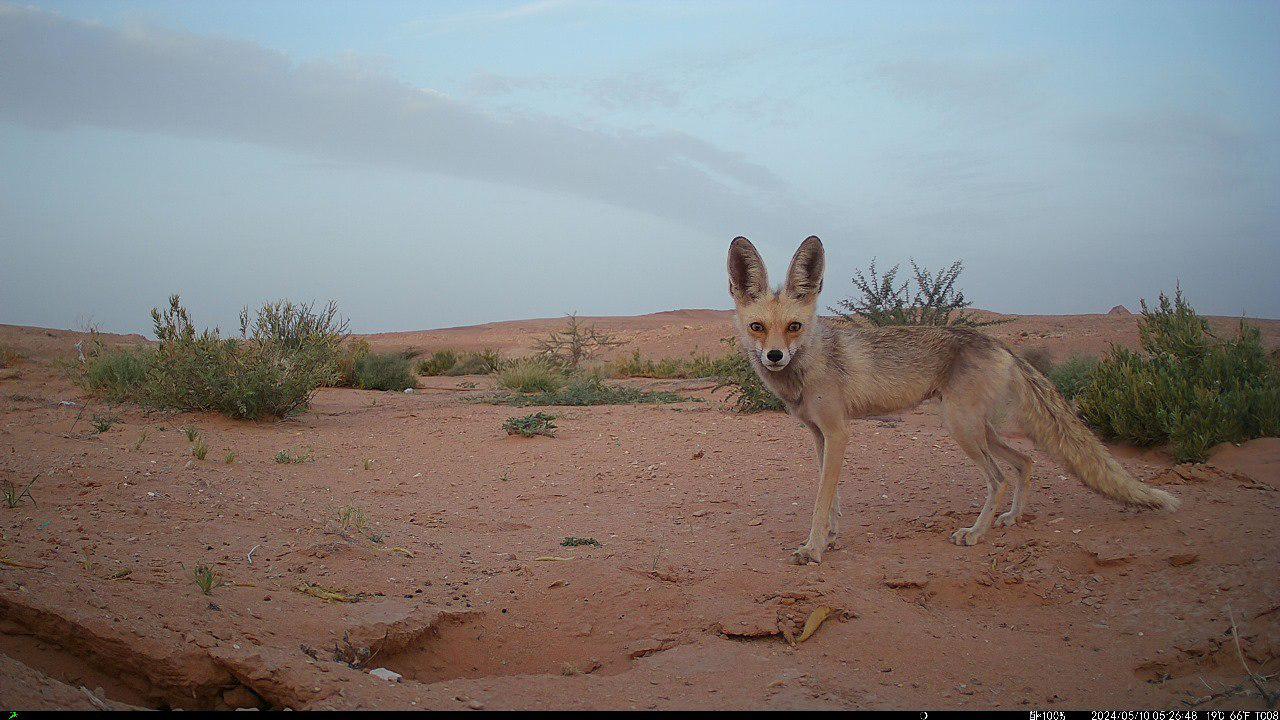●
Environmental Assessment: Analyze the current condition of natural resources and biodiversity in terrestrial areas.
●
Threat Identification: Detect threats facing the environment, such as desertification, pollution, and human activities.
●
Conservation Planning: Develop strategies to protect natural areas and fragile ecosystems.
●
Biodiversity Evaluation: Measure the biodiversity of animals and plants in wild areas to identify the richest zones.
●
Protection of Endangered Species: Study endangered animal and plant species and develop conservation programs for them.
●
Environmental Rehabilitation: Establish plans for replanting native trees and vegetation in degraded areas.
●
Animal Behavior Study: Understand the behavior and distribution of animals across different habitats to inform conservation strategies.
●
Habitat Identification: Identify key natural habitats that support biodiversity and ensure their protection.
●
Strengthening Human-Nature Connection: Promote positive interaction between local communities and the environment, including the protection of trees and wildlife.
●
Awareness of Tree Importance: Raise awareness of the benefits of trees in improving air quality, providing shade, and supporting wildlife.


